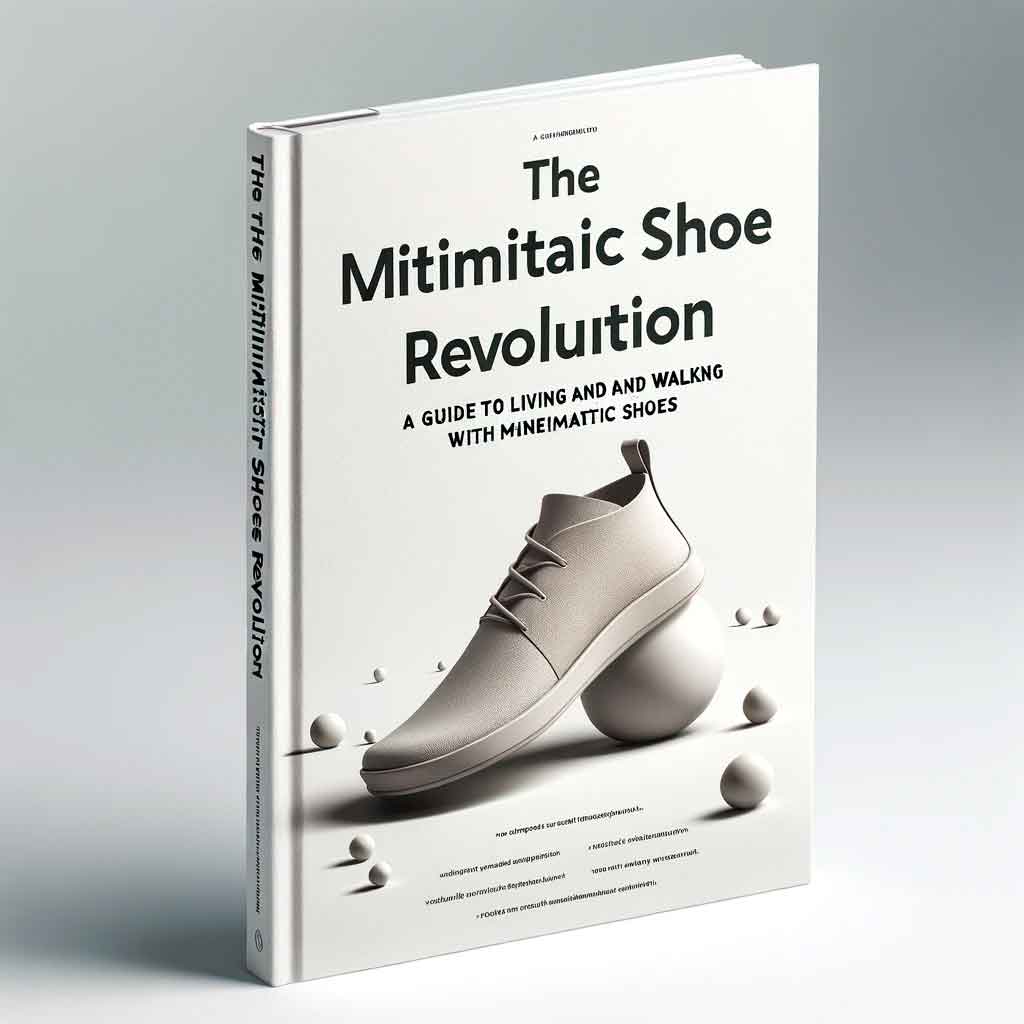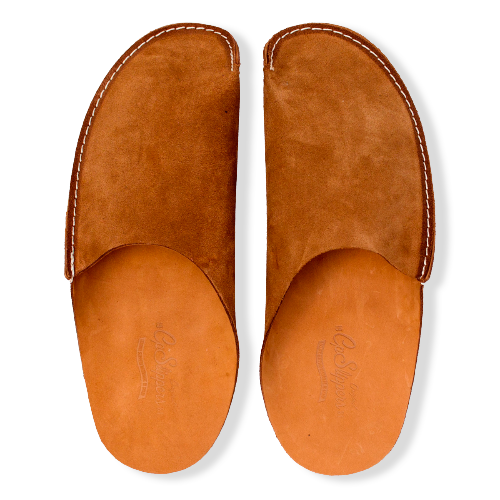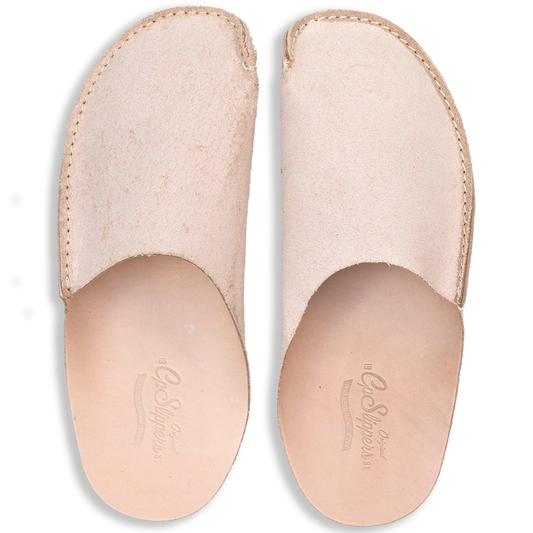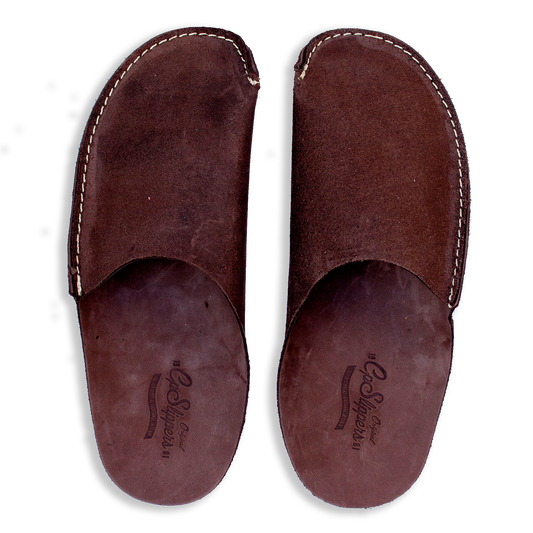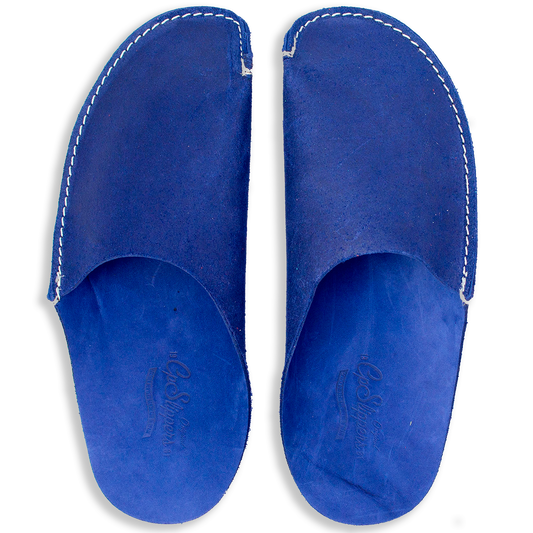[Recommended Image: A series of problem-solution images that depict common issues with minimalist shoes and how to address them.]
Transitioning to minimalist shoes can be as challenging as it is rewarding. This chapter addresses the common concerns and hurdles that individuals might face on their journey to adopting minimalist footwear, providing practical solutions and advice to navigate these challenges effectively.
Dealing with Initial Discomfort
One of the first challenges many face is the initial discomfort that comes with wearing minimalist shoes. This discomfort is often a sign of the feet adjusting to a new way of moving and being supported. This section will offer strategies for managing discomfort, such as gradual transition plans, specific exercises to strengthen the feet, and how to recognize the difference between normal adaptation pain and signs of potential injury.
Building Endurance for Long Periods of Wear
As you transition to minimalist shoes, building up endurance for long periods of wear is crucial. Initially, your feet and leg muscles may tire quickly due to the increased workload required without traditional cushioning and support. This part of the chapter will provide guidance on how to gradually increase wearing time and activity levels in minimalist shoes, ensuring a smooth adjustment period that builds strength and endurance without overdoing it.
Addressing Skepticism from Others
Choosing minimalist shoes can sometimes lead to skepticism or questioning from friends, family, or even healthcare professionals unfamiliar with the benefits of minimalist footwear. This section will discuss how to effectively communicate the reasons behind your choice, the benefits you're seeking to achieve, and how to handle skepticism constructively. It will also provide resources and studies that can help support your arguments.
Navigating Wet and Cold Weather Conditions
Minimalist shoes often feature less insulation and water resistance than their traditional counterparts, making wet and cold weather conditions a concern for some. This chapter will explore options for weather-appropriate minimalist footwear, tips for keeping your feet warm and dry in adverse conditions, and considerations for outdoor activities in different climates.
Transitioning for Specific Health Conditions
For individuals with specific health conditions, such as plantar fasciitis, bunions, or flat feet, the transition to minimalist shoes might require additional considerations. This section will delve into how minimalist footwear can impact these conditions, advice for a safe transition under these circumstances, and when it's important to consult with a healthcare professional.
Maintaining Motivation and Commitment
Lastly, maintaining motivation and commitment to the minimalist shoe transition can be challenging, especially when facing discomfort, skepticism, or setbacks. This part of the chapter will offer encouragement and tips for staying motivated, such as setting realistic goals, tracking progress, and connecting with a community of like-minded individuals who can offer support and advice.
Conclusion: Navigating the Path with Confidence
Overcoming the challenges and concerns associated with transitioning to minimalist shoes is an integral part of the journey towards a more natural and healthy way of walking and running. By addressing these hurdles head-on with practical solutions and informed strategies, you can navigate the path with confidence, fully embracing the benefits of minimalist footwear. Remember, every significant change comes with its set of challenges, but the rewards of perseverance and adaptation are well worth the effort.

